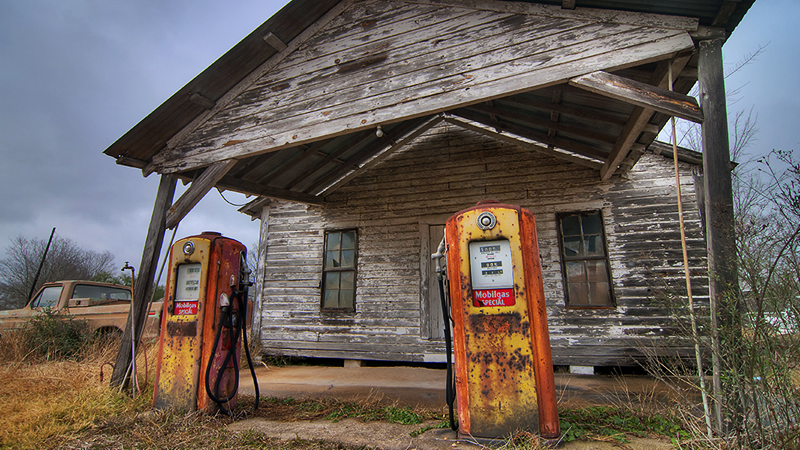Consumer demand for gasoline is the biggest end-use category. American consumers purchased 172.2 billion gallons of gasoline in 2011, spending just over $400 billion, excluding federal and state taxes. Each 50 cent increase in the price of gasoline adds almost $60 billion to annual consumer bills, roughly the spike over the past few weeks. In the short-term, the price elasticity of demand for gasoline is fairly inelastic (not sensitive). The most immediate response is for consumers to alter their behavior. Households reduce their leisure driving and use more public transportation. Additionally, consumers shift more transportation fuel purchases to alternatives such as a higher blend of ethanol.







